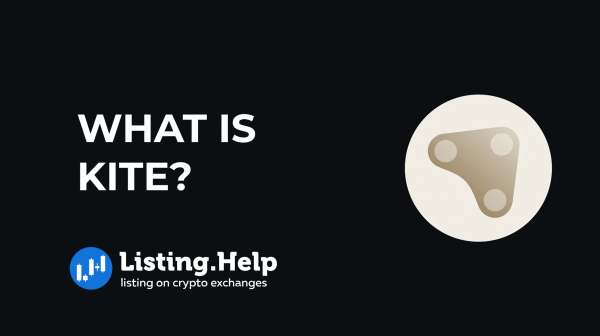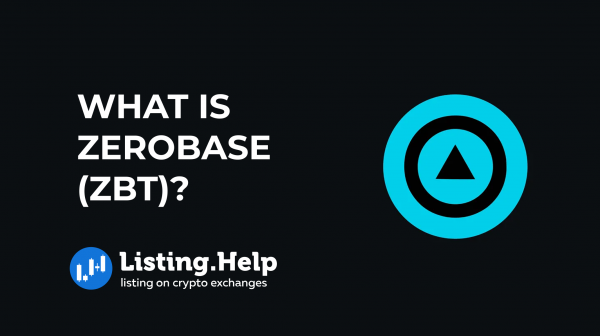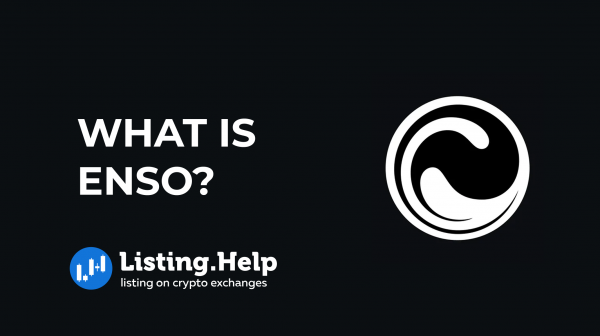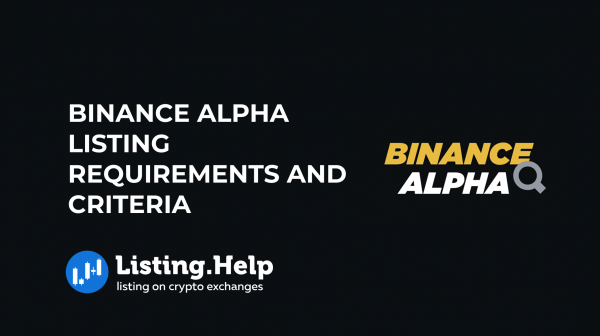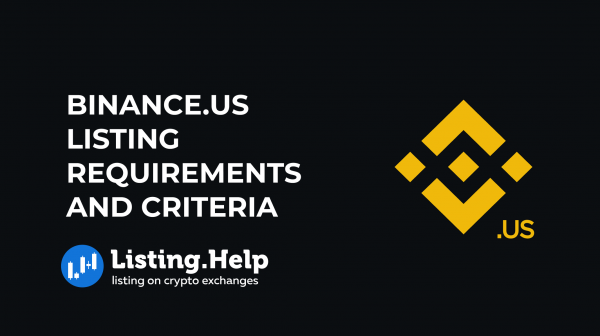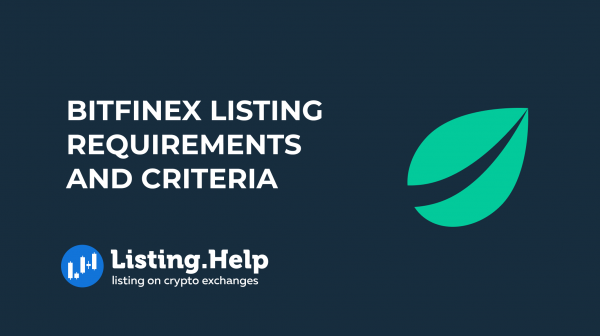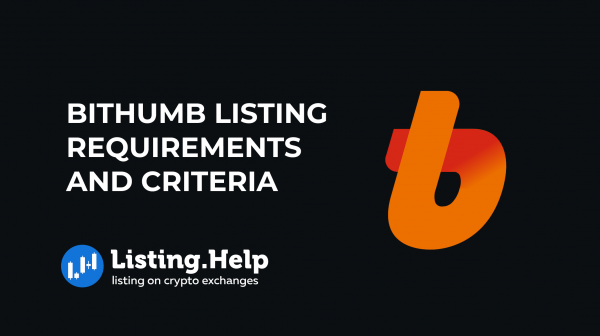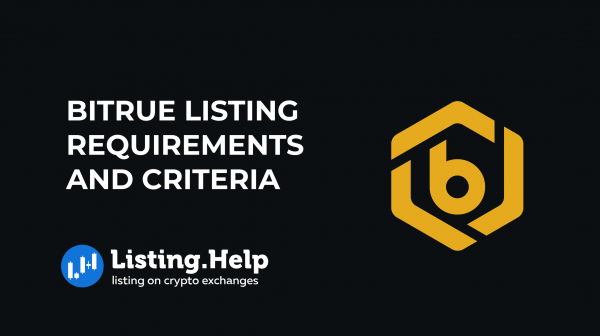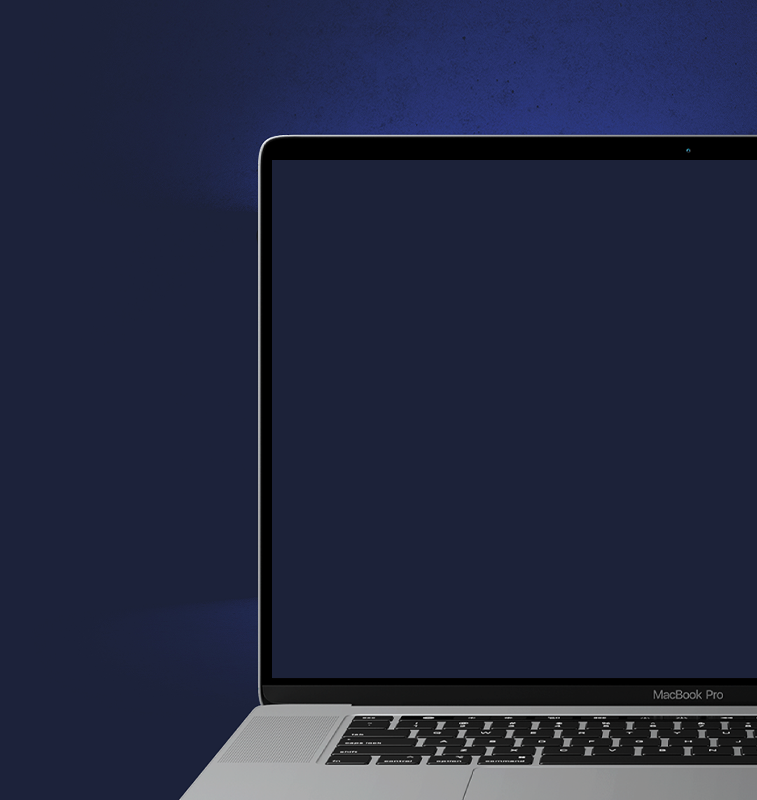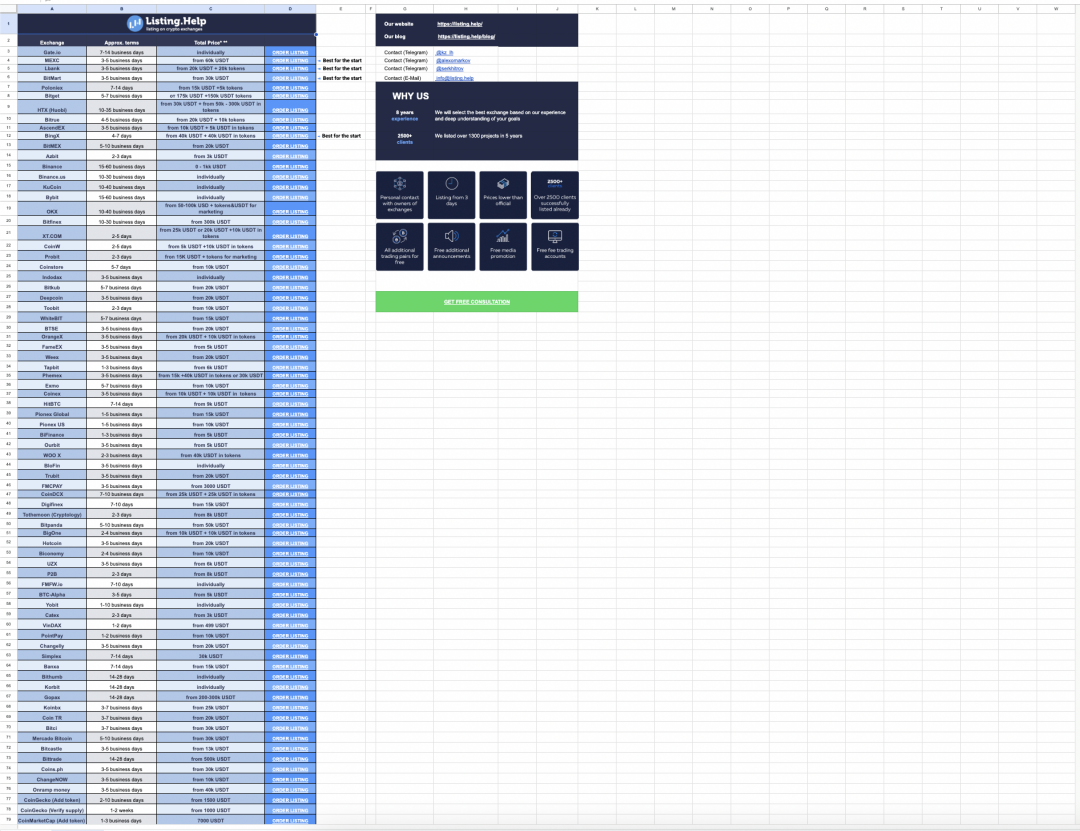Raydium Listing Cost — How Much Does It Cost to List a Token in 2025?
 October 19, 2025
October 19, 2025 Updated: October 20 2025, 10:33
Updated: October 20 2025, 10:33
LEAVE A REQUEST
Launching your own token project? Our experts are ready to help with listing on exchanges, market making, marketing and other solutions
SUBMIT APPLICATIONRaydium is a leading DEX on Solana with AMM and concentrated‑liquidity pools, deep routing via aggregators, and one of the most active ecosystems in crypto. Because Raydium is permissionless, there is no exchange‑side listing desk or fee — any SPL token can be made tradable by creating a pool and providing liquidity. This guide explains the real costs of launching on Raydium in 2025, how to configure pools correctly, and what budgets matter (liquidity, audits, marketing).
What Is the Raydium Listing Cost in 2025?
Exchange fee: $0. Raydium does not charge a listing fee. However, teams should plan a realistic launch budget across three buckets: liquidity, security, and marketing.
Typical 2025 ranges we see on Solana:
– Liquidity & market‑making: $15K–$200K+ depending on the pair (SOL/Token or USDC/Token), initial depth, and volatility.
– Security & reviews: $10K–$80K for audits, monitoring/bots, and legal review of token design where applicable.
– Marketing & awareness: $10K–$150K for PR, KOLs, community, listings on trackers, and partner integrations.
Gas costs on Solana are low — the main expense is depth. User experience on DEX is driven by liquidity (slippage, spreads) and security signals (audits, verified metadata, safe privileges/timelocks).
Key Factors That Influence Raydium Launch Budgets
Plan with these drivers in mind:
– Primary pair and depth: SOL vs. stablecoin; set minimum depth to keep slippage <1–2% at target trade size.
– Concentrated liquidity strategy: price ranges, re‑centering cadence, and protection against sandwich MEV.
– Contract safety: audit coverage, tax transparency, ownership controls, revoking dangerous permissions where possible.
– Discovery & routing: inclusion in token lists, metadata (logo/links), and aggregator routing (e.g., Jupiter).
– Community traction: real users, Solana‑native integrations, wallets/bridges.
Raydium‑Specific Nuances: AMM vs. CLMM, Fee Tiers, and Metadata
Raydium supports classic AMM pools and CLMM (concentrated liquidity). CLMM can deliver better capital efficiency if you maintain ranges. Common fee tiers are low and competitive; for new tokens, a mid‑tier on SOL/Token or USDC/Token is a typical starting point.
Improve discoverability by registering accurate token metadata (logo, symbol, links) and getting listed on reputable Solana token lists used by wallets. Coordinate with routing aggregators to ensure optimal order flow at launch.
Raydium Listing Requirements (2025 Checklist)
Before launch, make sure you cover:
✅ Verified SPL token with transparent, documented privileges and mint authority status.
✅ Independent audit(s) covering transfers, taxes, ownership, and upgradeability.
✅ Clear tokenomics: supply, vesting/unlocks, emissions where applicable.
✅ Liquidity plan per pair (initial depth, expansion milestones, MM partner).
✅ Operational runbook: monitoring, multisig controls, timelocks, incident response.
✅ Discovery: token lists, aggregator coverage, CMC/CG submission readiness.
How to “List” on Raydium — Step‑by‑Step
A practical launch sequence:
1) Finalize and verify the SPL token; document all privileged roles and taxes; set safe mint authority.
2) Complete an independent audit and remediate findings; publish the report and addresses.
3) Decide primary pair(s) (e.g., SOL/Token, USDC/Token) and pool type (AMM vs. CLMM).
4) Create the pool and seed initial liquidity; align depth with target trade size and slippage goals. Hiring a specialist firm like Listing.Help can significantly improve the quality and success of your launch.
5) Register metadata and token lists; coordinate with aggregators and wallets; publish accurate trading links.
6) Announce the pool address (not just the token) and educate users on correct links; monitor for impostors.
7) Monitor KPIs (depth, slippage, routing share, holders); expand ranges/pairs as demand scales.
The detailed process for listing your token on Raydium is described in our other article.
CEX vs. Raydium — Price and Fit
How a Solana DEX launch compares to CEX listings:
| Venue | Listing Fee | Notes |
| Raydium (DEX) | $0-$200K | Permissionless; budgets shift to liquidity, security, and awareness |
| Mid‑tier CEX | $20K – $120K | Fee + liquidity + marketing; faster retail reach |
| Top‑tier CEX | $100K – $250K+ | Fee + large liquidity + compliance burden |
Timeline and Practical Tips
– Prep (1–2 weeks): audits finalized, metadata ready, routing checks.
– T‑0: pool creation and liquidity seeding, announcements, aggregator sync.
– Post‑launch (1–4 weeks): expand depth, adjust ranges, add pairs, monitor KPIs and security.
Tip: With an agency like Listing.Help, you can get listed on an exchange faster.




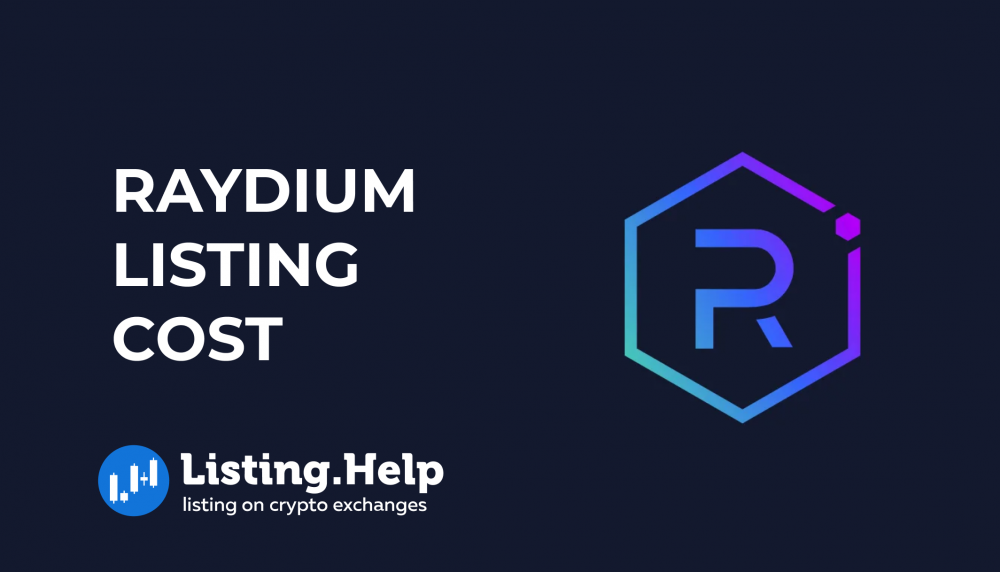


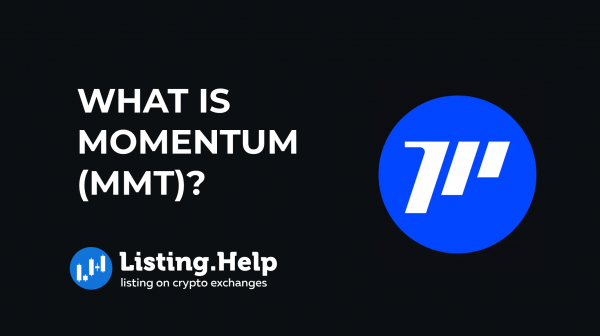
 December 7, 2025
December 7, 2025 